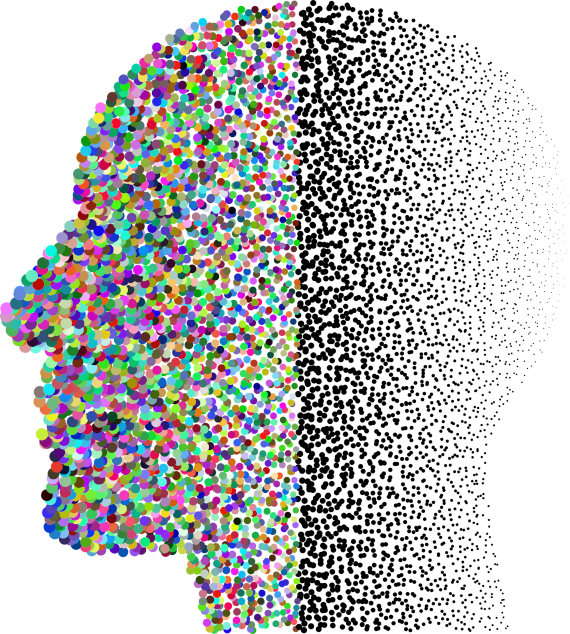EMDR Training Highlights

Supervised practice
Supervised small group practice on each training day

Physiological overview
Physiological overview of trauma and the information processing system

history-taking
Specialized history-taking to identify relevant experiences

Treatment planning
Treatment planning to address past events, current triggers and future needs

interventions
Stabilization, preparation and resource development interventions

Addressing Actual life events
Addressing trauma, adversity, and other disturbing life events

Universality
How to work with simple and complex cases

combat trauma
Applications to combat trauma and first responders

reactions
Applications to addictions, grief, anxiety, and emotional reactions to illness and injury

recent events
Applications to recent events including natural and man-made disasters

family and couples
Applications to family and couples therapy

vicarious traumatization
Personal use for therapist to process vicarious traumatization
EMDIR Basic Training Learning Objectives
- Investigate research studies relevant to EMDIR therapy
- Learn client’s presenting issues that have been successfully treated with EMDIR therapy
- Learn proposed mechanisms of action in EMDR therapy
- Learn important premises of the Adaptive Information Processing model
- Learn components of memory
- Learn the 8 phases of EMDR therapy and how they integrate with EMDIR
- Identify the prongs of the Three-Pronged Protocol of EMDR therapy how they integrate with EMDIR
- Learn the 3 criteria on the Client Readiness Checklist
- Distinguish between Direct Questioning and the Floatback technique during Phase 1 History Taking and Treatment Planning
- Learn the informational plateaus
- Distinguish between state change and trait change in EMDR therapy and how they integrate with EMDIR
- Learn purposes for Safe/Calm State utilization
- Identify the purpose of the Assessment Phase of EMDR therapy and how the phase integrates with EMDIR
- Learn how to utilize the Subjective Units of Distress/Disturbance (SUD) scale.
- Learn when to return to target in Phase 4 Desensitization
- Learn how to utilize the Validity of Cognition (VOC) scale
- Learn how to conduct the Phase 6 Body Scan
- Learn the strategies for assisting a client to stay within the window of tolerance
- Learn how to resume reprocessing following an incomplete target memory.
- Learn about when to apply the Future Template

EMDIR Advanced Training Learning Objectives
- Expertise in the 3 strategies to treat complex trauma-related disorders
- Expertise in the internal and external resources that clients need to have in place to do reprocessing
- Expertise in client factors that indicate the need for additional stabilization and resourcing
- Expertise in the different types of resources used in Resource Development and Installation
- Expertise in the differences between EMD, restricted reprocessing, the EMDR standard protocol and the EMDIR model.
- Expertise in identifying the clinical situations where EMD, EMDR and EMDIR would be appropriate as an intervention
- Expertise in distinguishing between a recent traumatic experience and developmental trauma
- IExpertise in identifying when you would initially target a recent past experience versus a touchstone memory
- Expertise in the process to select and prioritize targets appropriate for EMDR vs. EMDIR treatments
- Expertise in how to offer a cognitive interweave when the client’s reprocessing is blocked
- Expertise in strategies for dealing with highly emotional responses
- Expertise in the differences between the ways that EMDR & EMDIR facilitates cultural responsiveness
- Expertise in the adverse cultural experiences that can contribute to maladaptive memory networks
- Expertise in being able to distinguish when to use memory reprocessing versus psychological first aid with grief related issues
- Expertise in being able to distinguish between a simple phobia and a process phobia
- Expertise in the clinical symptoms that may indicate the presence of dissociation during a session
- Expertise in the strategies for working with dissociative responses during reprocessing
- Expertise in being able to Identify when to use past/present/future clinical choices for where to start reprocessing with addictions and compulsions
- Expertise in identifying the categories of experiences appropriate for reprocessing with combat veterans


